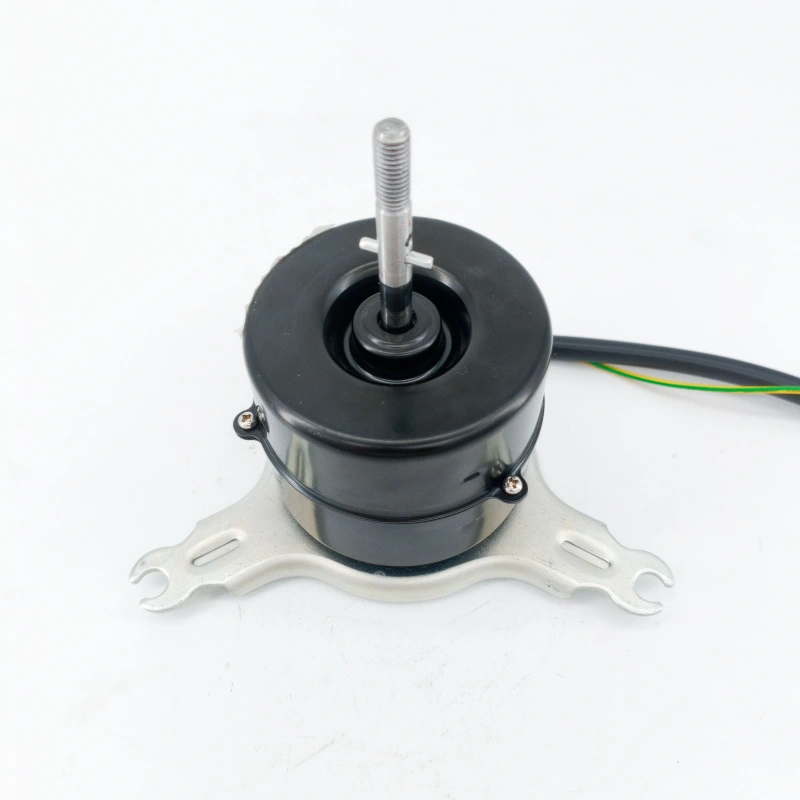The common causes of AC motor failures mainly focus on three core areas: power supply problems, mechanical wear, and winding failures, which directly affect the normal starting and operation of the motor.
1. Power related issues
The power supply is the energy source for the operation of the motor, and any abnormality in it can directly lead to motor failure.
Voltage instability: High voltage can cause motor windings to overheat and accelerate insulation aging;
If the voltage is too low, it will make it difficult to start the motor, increase the current during operation, and also cause overheating.
Power phase loss: If a three-phase AC motor loses one phase, it will switch to single-phase operation, causing a sharp increase in current and potentially burning out the windings in a short period of time.
Frequency deviation: If the power frequency is too high or too low, it will deviate from the rated frequency of the motor design, causing abnormal motor speed and increasing copper and iron losses, resulting in overheating.
2. Wear and tear of mechanical components
The mechanical structure of the motor is prone to wear and tear after long-term operation, which can lead to malfunctions.
Bearing damage: Bearings are key components that support the rotor. Long term lack of oil, oil pollution, or improper installation can cause bearing wear, jamming, abnormal noise during operation, and also drive rotor eccentricity and friction with the stator.
Rotor failure: Loose rotor iron core can affect the stability of magnetic circuit, and short circuit or open circuit of rotor winding can lead to insufficient motor output, vibration and overheating during operation.
Coupling issue: If the coupling connecting the motor to the load is installed incorrectly, loose, or worn, it will transmit additional radial or axial forces, leading to increased motor vibration and additional loads on the bearings and shaft.
3. Winding and insulation faults
The winding is the core of the motor to achieve the conversion of electrical energy and mechanical energy. The insulation layer protects the winding from breakdown, and the failure of both is one of the main reasons for motor damage.
Winding short circuit: The insulation layer of the winding wire is damaged, which can cause direct contact between adjacent wires, form a short circuit, generate high current, burn out the winding, and may also cause the motor casing to become electrified.
Winding circuit break: The breakage of winding wires or loose joints can cause the motor circuit to disconnect and fail to start normally. If some windings are broken, it can also cause current imbalance during motor operation, resulting in vibration and overheating.
Insulation aging: The high temperature, humid environment, dust pollution, or voltage shock during long-term operation of the motor can gradually cause the insulation layer of the winding to age, become brittle, and lose its insulation ability, ultimately leading to short circuits or leakage.



